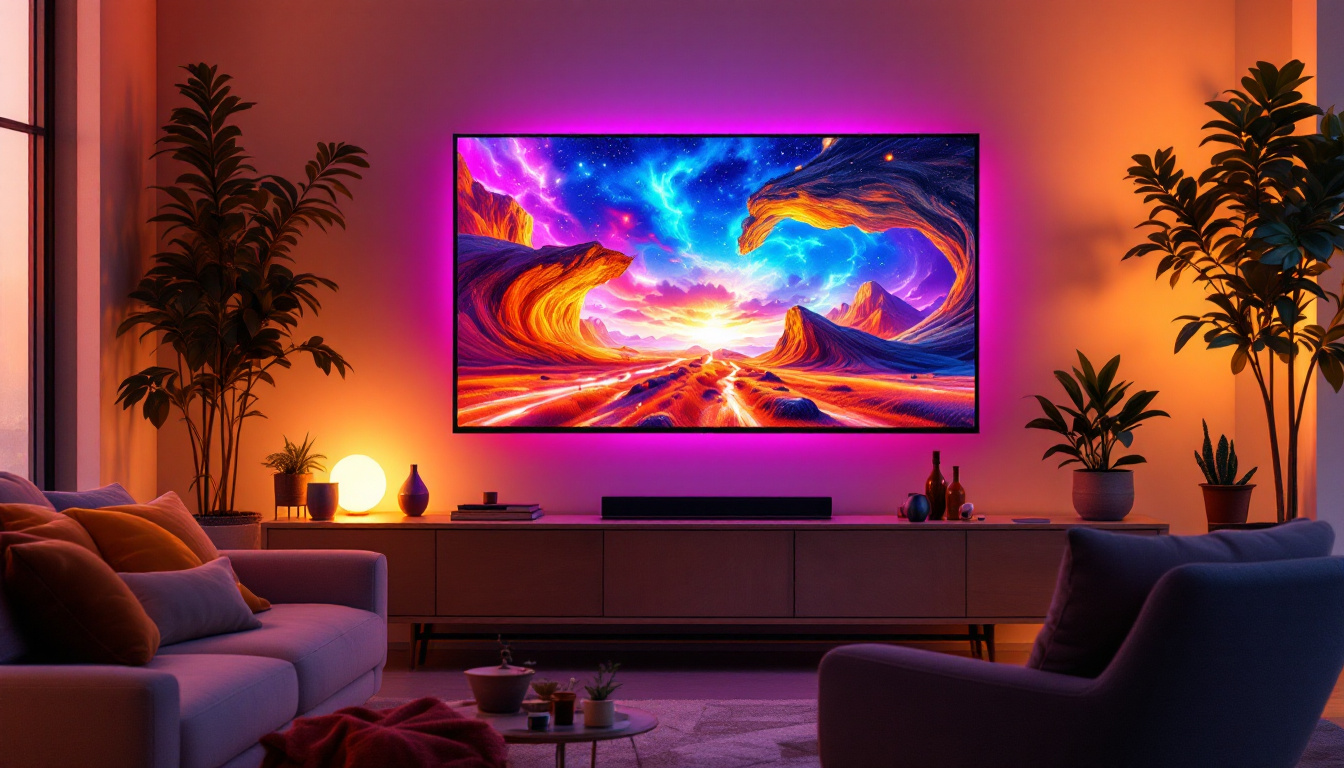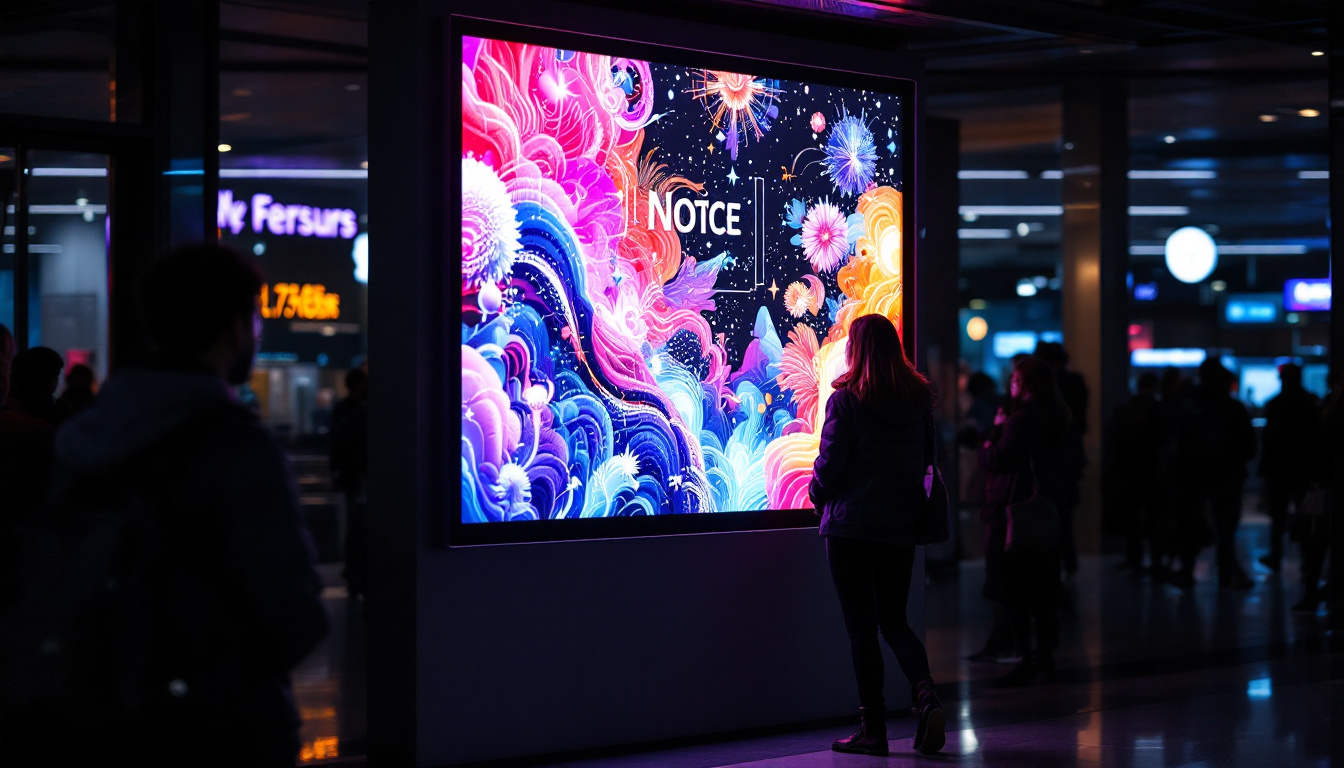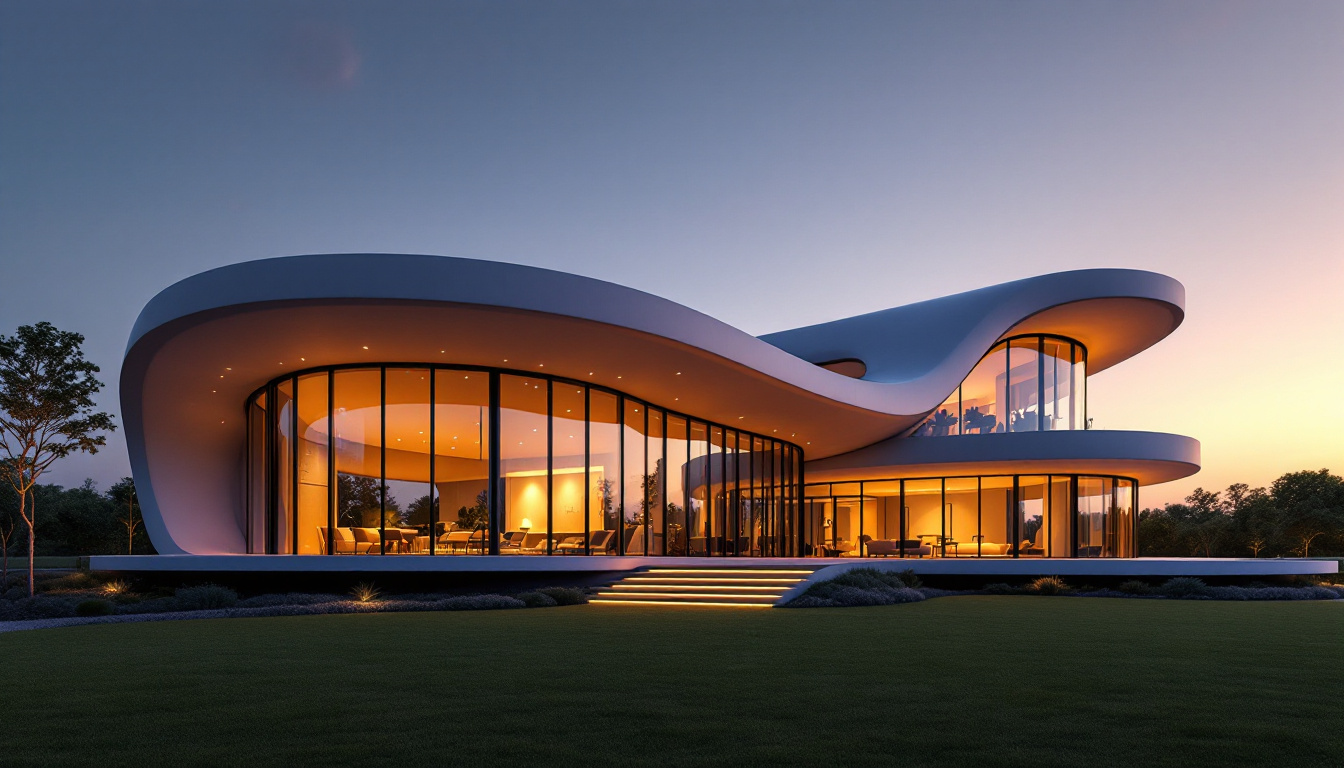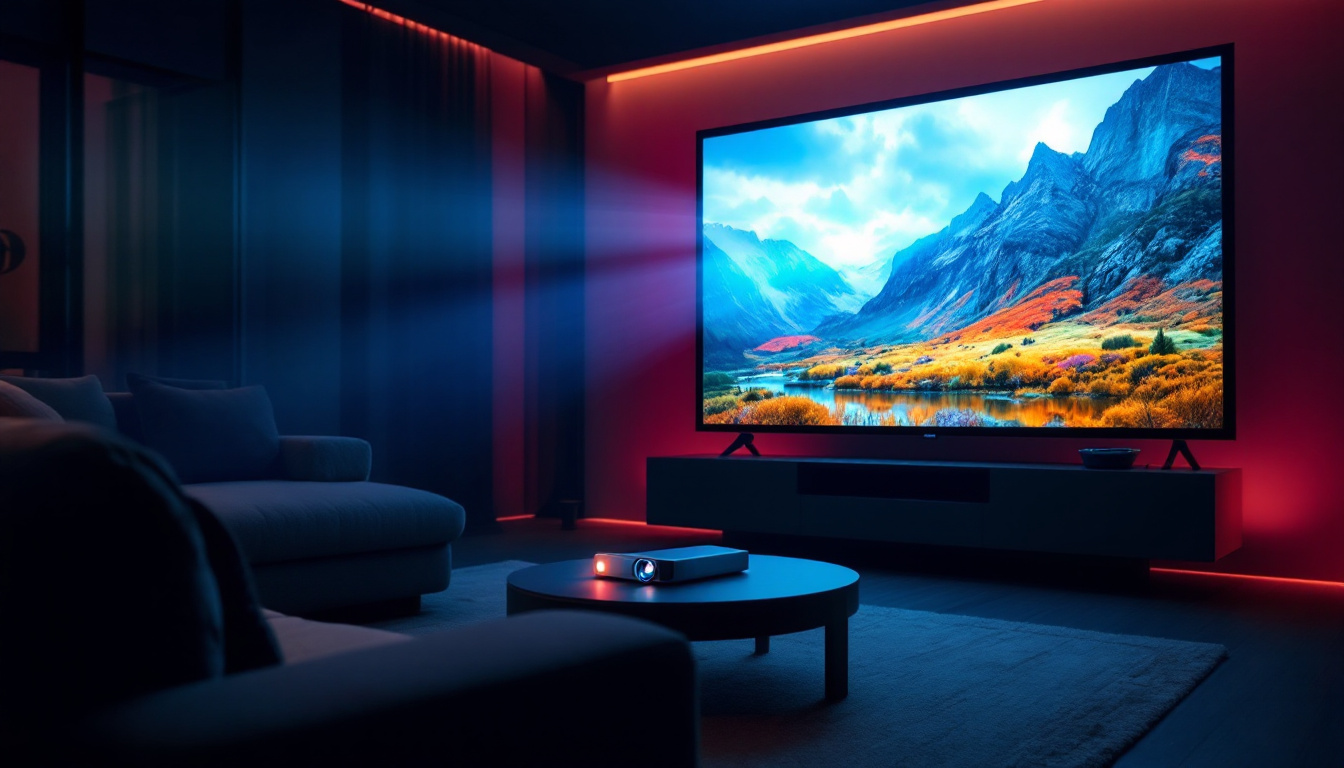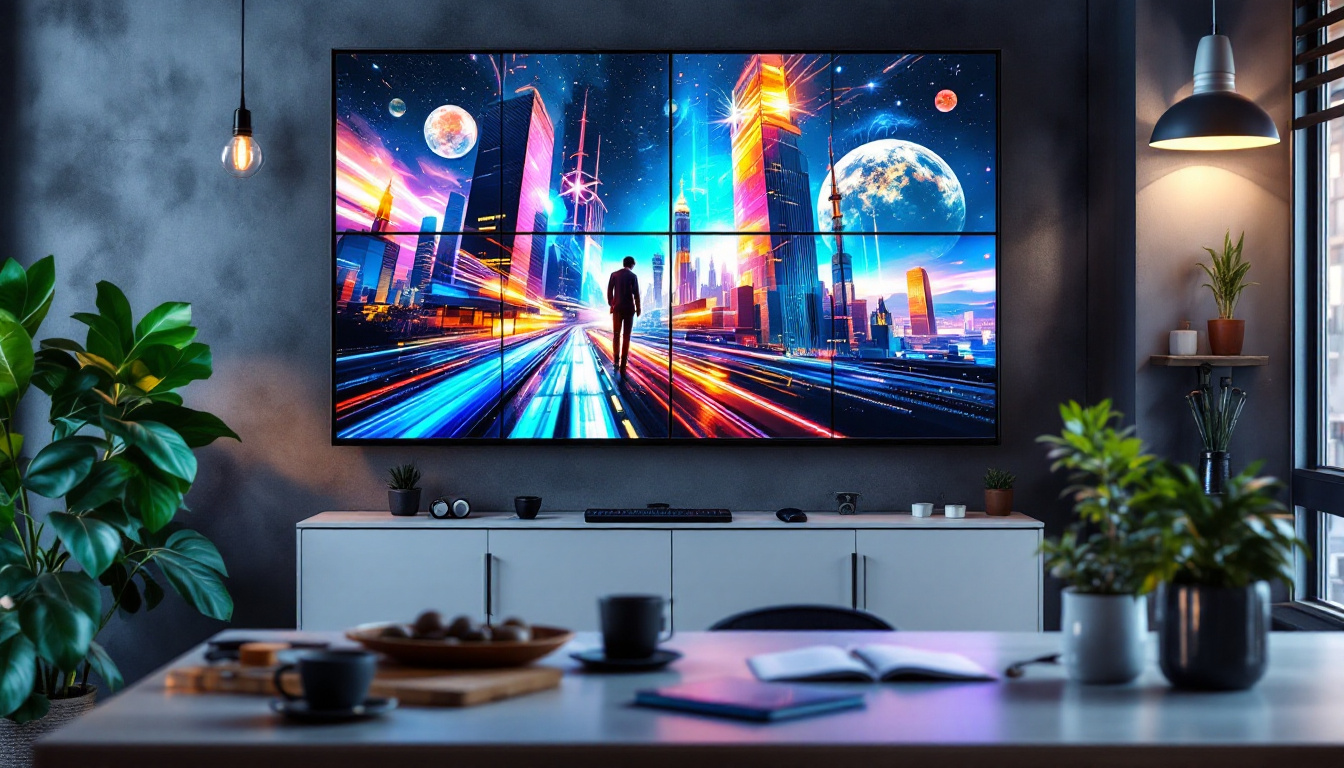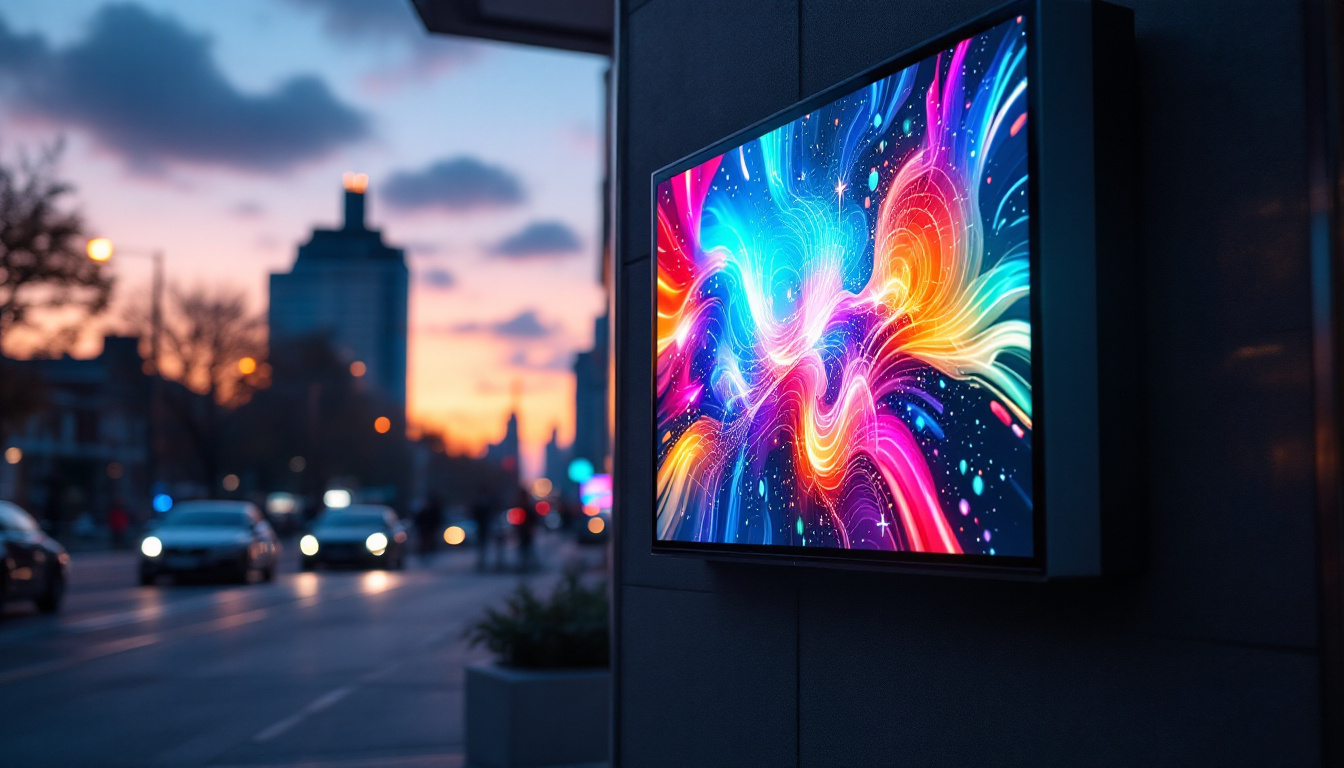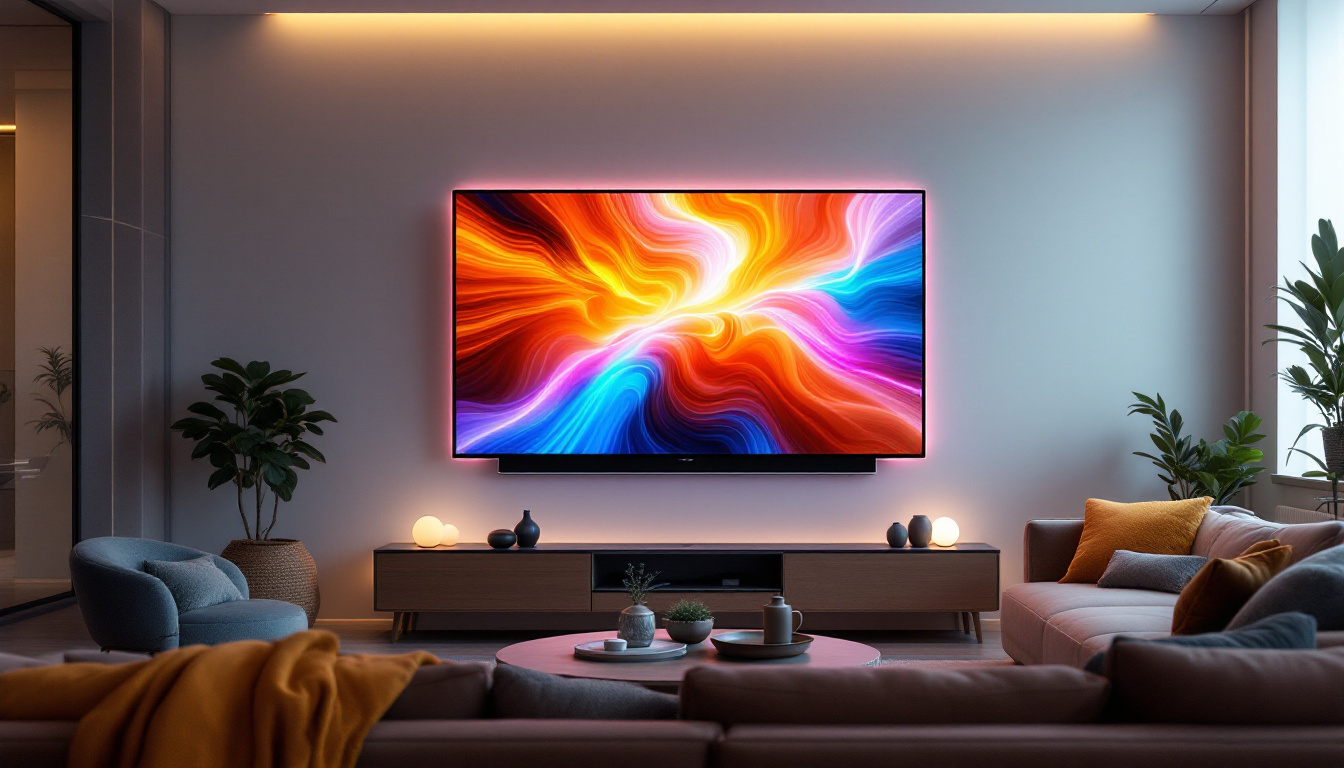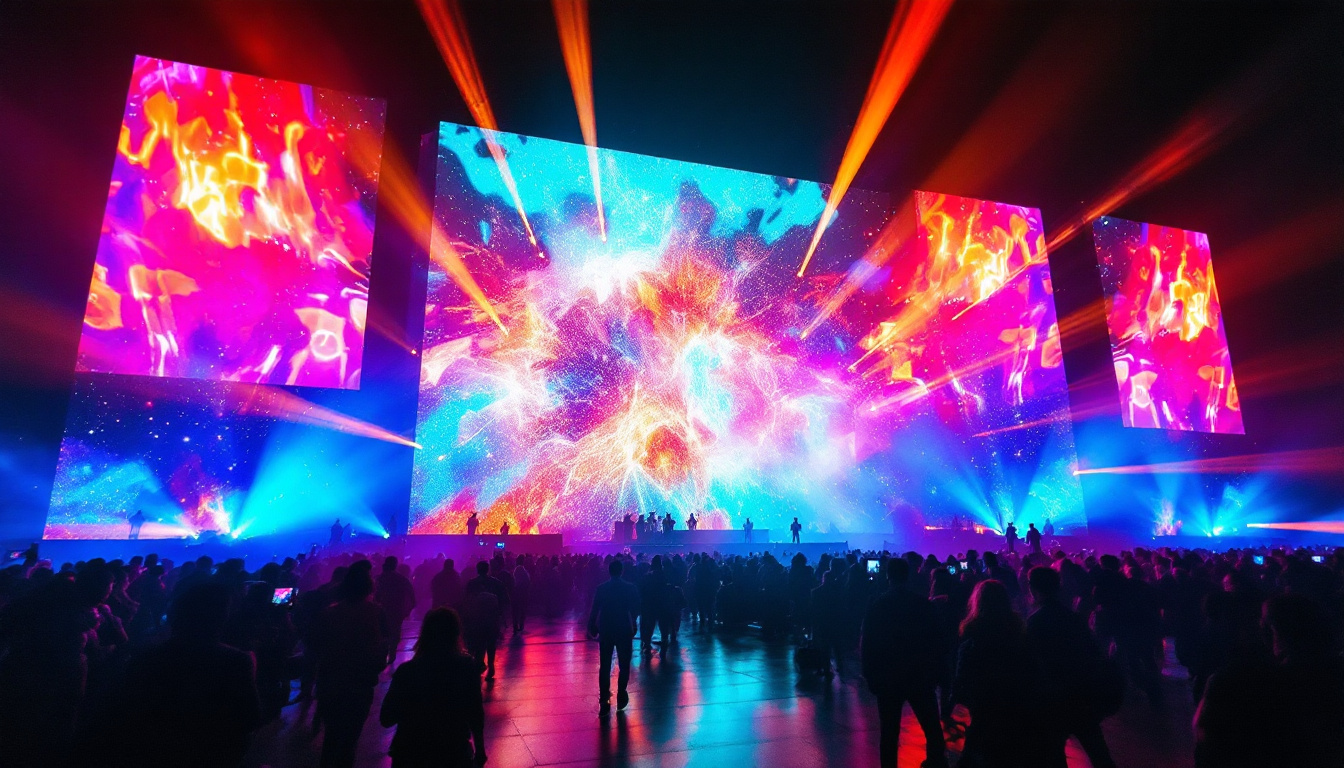5K Resolution TV: LED Display Explained
The world of television technology is ever-evolving, with advancements that continually enhance the viewing experience. One of the latest innovations is the 5K resolution TV, which offers an impressive leap in image quality compared to its predecessors. This article delves into what 5K resolution means, the technology behind LED displays, and how these elements come together to create an unparalleled viewing experience.
Understanding 5K Resolution
5K resolution refers to a display resolution of approximately 5120 x 2880 pixels. This high pixel density results in incredibly sharp images, allowing viewers to see finer details that are often lost in lower resolutions. To put this into perspective, 5K resolution offers four times the pixel count of 1080p and over 67% more than 4K resolution. This leap in pixel density not only enhances the clarity of images but also significantly improves the overall viewing experience, making it an appealing choice for both casual viewers and professionals alike.
The Benefits of 5K Resolution
One of the most significant advantages of 5K resolution is its ability to provide a more immersive viewing experience. The increased pixel density means that images appear clearer and more vibrant, making it particularly beneficial for large screens. Whether watching movies, playing video games, or viewing high-resolution photographs, the clarity provided by 5K can enhance the overall experience. For instance, in cinematic presentations, the fine details in textures, lighting, and colors can transport viewers into the heart of the action, creating a more engaging narrative.
Moreover, 5K resolution is especially advantageous for professionals in fields such as graphic design, video editing, and photography. The additional detail allows for more precise editing and a better representation of the final product. This level of detail can be crucial for tasks that demand high accuracy and quality. For photographers, the ability to zoom in on images without losing clarity can reveal intricate details in their work, while video editors can work with high-resolution footage that maintains its quality even during extensive manipulation. Additionally, industries such as medical imaging and architectural visualization benefit from 5K’s ability to present complex data and designs with unparalleled clarity, making it an essential tool for professionals who rely on precision.
Comparing 5K to Other Resolutions
When comparing 5K to other common resolutions, such as 1080p and 4K, the differences become apparent. A 1080p display has a resolution of 1920 x 1080 pixels, while a 4K display boasts 3840 x 2160 pixels. The jump to 5K is significant, as it not only increases the pixel count but also enhances the overall quality of the image, including color accuracy and contrast. This improvement is particularly noticeable in scenes with subtle gradients or intricate patterns, where lower resolutions may struggle to render smooth transitions and details.
While 4K resolution is becoming increasingly popular, 5K offers a future-proof option for consumers who want the best possible viewing experience. As content creation continues to evolve, the demand for higher resolutions will likely increase, making 5K a worthwhile investment for the discerning viewer. Furthermore, as streaming services and content providers begin to adopt higher resolutions, having a 5K display will ensure that viewers can fully appreciate the advancements in visual technology. With the rise of virtual reality and augmented reality applications, the need for high-resolution displays will only grow, making 5K an essential consideration for tech enthusiasts and professionals alike.
LED Display Technology
LED (Light Emitting Diode) technology has revolutionized the way displays are made, providing a brighter and more energy-efficient alternative to traditional LCD screens. LED displays utilize a series of diodes to produce light, which enhances the overall image quality and allows for thinner screen designs.
How LED Displays Work
LED displays work by using a backlight made up of numerous LEDs. These LEDs illuminate the screen, allowing colors to be displayed more vividly and accurately. There are two main types of LED displays: edge-lit and full-array. Edge-lit displays have LEDs positioned around the edges of the screen, while full-array displays have a grid of LEDs behind the entire screen surface, providing more uniform lighting and better contrast.
Additionally, some LED displays incorporate local dimming technology, which allows certain areas of the screen to dim or brighten independently. This feature enhances contrast ratios and improves the overall picture quality, particularly in scenes with both bright and dark elements.
Advantages of LED Displays
One of the primary advantages of LED displays is their energy efficiency. Compared to traditional display technologies, LED screens consume significantly less power, making them a more environmentally friendly option. This efficiency also translates to longer lifespans, which can save consumers money in the long run.
Furthermore, LED displays offer superior brightness levels, making them ideal for viewing in well-lit environments. The enhanced brightness and color accuracy contribute to a more vibrant and engaging viewing experience, whether for movies, sports, or gaming.
Combining 5K Resolution with LED Technology
The combination of 5K resolution and LED display technology creates a powerful synergy that elevates the viewing experience to new heights. When these two technologies are integrated, the result is a television that not only displays images with incredible detail but also does so with vibrant colors and deep contrasts.
Enhanced Color Accuracy
One of the standout features of 5K LED displays is their ability to reproduce colors with remarkable accuracy. This is particularly important for content creators who rely on precise color representation for their work. With a 5K LED display, viewers can experience films and images as they were intended to be seen, with true-to-life colors and shades.
The combination of high resolution and advanced LED technology allows for a broader color gamut, meaning that a wider range of colors can be displayed. This results in richer, more dynamic images that captivate the viewer’s attention.
Improved Motion Handling
Another benefit of 5K LED displays is their ability to handle fast-moving images with ease. This is particularly important for sports enthusiasts and gamers, where motion blur can detract from the viewing experience. Many 5K LED TVs incorporate advanced motion smoothing technologies that help reduce blur and enhance clarity during fast-paced scenes.
By utilizing high refresh rates and motion interpolation techniques, these displays ensure that every frame is rendered smoothly, providing an immersive experience that keeps viewers engaged.
Content Availability for 5K TVs
As 5K technology becomes more prevalent, the availability of content designed for this resolution is also increasing. Streaming services, gaming consoles, and even some Blu-ray discs are beginning to support 5K content, allowing viewers to take full advantage of their displays.
Streaming Services and 5K Content
Several major streaming platforms have started to offer 5K content, including original series and films that are shot in high resolution. These services often provide a selection of titles that can be streamed in 5K, ensuring that viewers have access to high-quality content that showcases the capabilities of their displays.
As the demand for high-resolution content grows, it is likely that more streaming services will invest in producing and acquiring 5K content. This trend will further enhance the appeal of 5K TVs, making them a more attractive option for consumers.
Gaming in 5K
For gamers, 5K resolution offers a significant advantage, especially in visually demanding titles. Many modern gaming consoles and high-end PCs are capable of outputting 5K resolution, allowing gamers to experience their favorite titles with stunning detail and clarity.
As game developers continue to push the boundaries of graphics, the demand for higher resolutions will only increase. Gamers looking to future-proof their setup may find that investing in a 5K LED display is a wise decision, as it will allow them to enjoy the latest titles in all their glory.
Considerations When Purchasing a 5K LED TV
While the allure of 5K resolution and LED technology is undeniable, there are several factors to consider when purchasing a 5K LED TV. Understanding these considerations can help consumers make an informed decision that best meets their needs.
Screen Size and Viewing Distance
One of the first factors to consider is screen size. A larger screen can enhance the viewing experience, especially with the high pixel density of 5K resolution. However, it is essential to consider the viewing distance as well. For optimal viewing, the distance between the viewer and the screen should be proportional to the size of the display.
As a general rule, the ideal viewing distance for a 5K display is closer than that for lower resolutions. This proximity allows viewers to appreciate the finer details that 5K has to offer. Therefore, measuring the space where the TV will be placed and determining the appropriate screen size is crucial.
Budget Considerations
5K LED TVs can be a significant investment, often priced higher than their 4K and 1080p counterparts. It is essential to establish a budget before shopping to ensure that the chosen model fits within financial constraints. While 5K TVs offer superior technology, consumers should also consider their viewing habits and whether they will fully utilize the capabilities of the display.
Additionally, it may be worth exploring various brands and models, as prices can vary significantly. Researching reviews and comparisons can help identify the best options within a given budget.
Conclusion
The advent of 5K resolution TVs, combined with advanced LED display technology, marks a significant milestone in the evolution of television. With their ability to deliver stunning image quality, vibrant colors, and improved motion handling, 5K LED TVs are poised to become a staple in modern home entertainment systems.
As the availability of 5K content continues to grow, consumers can look forward to an enriched viewing experience that enhances everything from movies to gaming. By considering factors such as screen size, viewing distance, and budget, potential buyers can make informed decisions that ensure they enjoy the full benefits of this cutting-edge technology.
In a world where visual quality is paramount, investing in a 5K LED TV is not just about keeping up with the latest trends—it’s about embracing a new standard of excellence in home entertainment.
Discover the Future of Visual Experience with LumenMatrix
Ready to elevate your home entertainment with the latest in 5K LED display technology? Look no further than LumenMatrix, a pioneer in crafting immersive visual experiences. Whether you’re seeking to amplify your brand’s presence or immerse yourself in the ultimate gaming and cinematic adventures, LumenMatrix offers an extensive range of LED display solutions, including Indoor and Outdoor LED Walls, Vehicle Displays, LED Posters, Sports Displays, and more. Each product is designed to captivate and engage, setting a new standard in visual communication. Don’t miss out on the revolution—Check out LumenMatrix LED Display Solutions today and transform the way you see the world.

